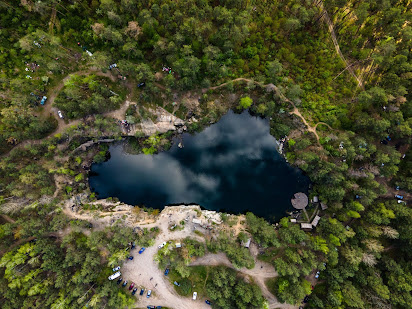Selective breeding is a very old
process where humans use individuals of a species or breed that display desired
characteristics to ‘create’ offspring and future generations with these
features. Both animals and plants are subject to selective breeding and may
undergo multiple selections to give the ‘perfect’ results. Size, shape and colour are common for plants whilst muscle density,
temperament or milk production are most selected in species such as cows and
dogs.
Sheep for example have been selectively
bred to not lose their wool so that farmers can shear the sheep fully and get
more for the wool. However, this is becoming an issue,
wool no longer fetches a good price on the market which means the time spent
shearing is not covered by the return on the wool. Climate change is also an issue as shearing will be more imperative
due to hotter summers meaning time will be lost.
In plants newer selections are catered
to pest, disease and drought resistance. As with
sheep wool climate change means each of these factors is increasing in ferocity
and in some locations changes so regularly or is so unpredictable it cannot
easily be bred for.




No comments:
Post a Comment